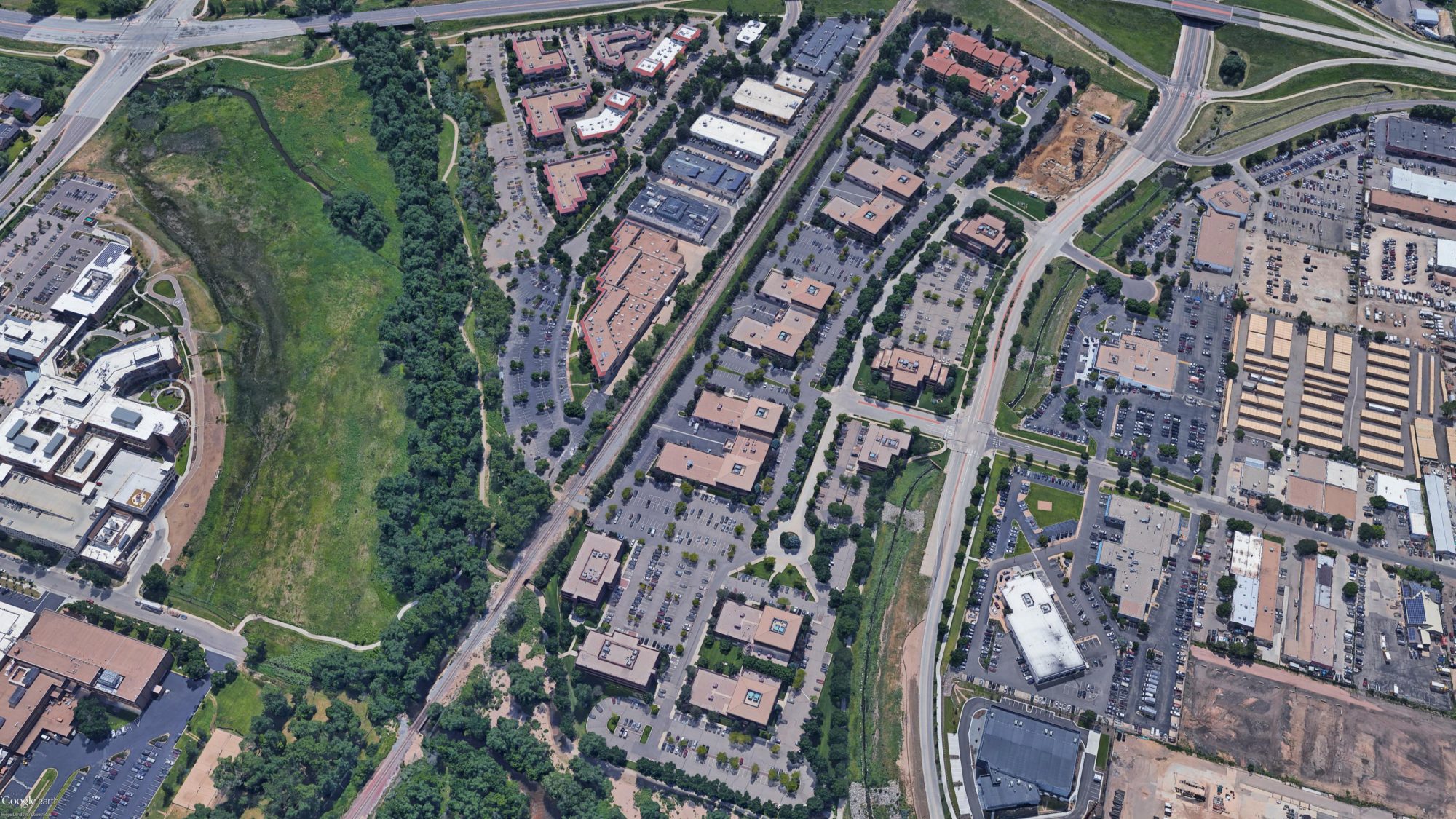Some of our best transactions have taken, quite literally, years to mature. Our acquisitions team established a relationship with the largest office owner in Boulder, and over time we discussed acquisition structures on a varying mix of his portfolio. After two years of conversations, we uncovered more of the owner’s motivations: retain employment for his team, keep some of his sale liquidity working at higher interest, and offload a portfolio in another city. We tenaciously pursued the opportunity because we understood that the conditions of the submarket – low vacancy, low supply, low landlord TIs, and profitable tenants with a strong desire to be at this address – indicated that the property would likely experience much higher rents than precedent suggested.



